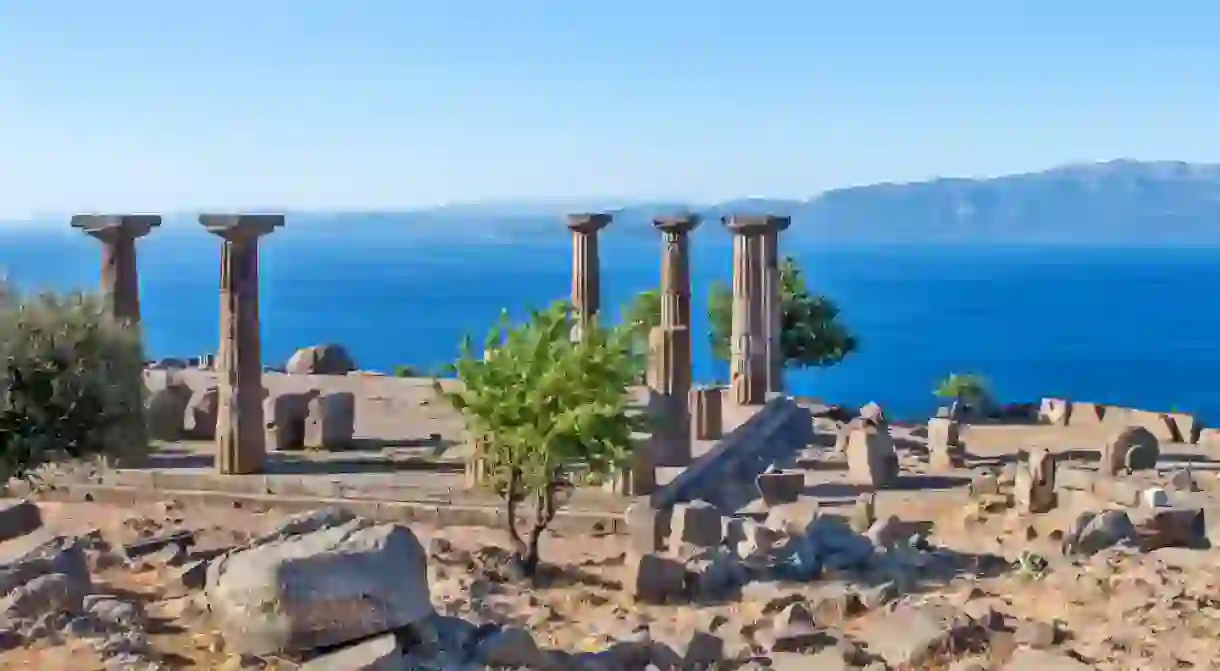The 11 Most Important Archaeological Sites in Turkey

There are 28 archaeological sites in Turkey that shine a light on the world’s earliest civilizations. From the Neolithic Age to the Roman Empire, here is a look at some of the most important archaeological sites in Turkey that continue to fascinate humankind.
Göbeklitepe
Çatalhöyük
Archaeological site, Historical Landmark

One of the most prominent archaeological sites in Turkey, the Çatalhöyük settlement was built during the Neolithic period and lies in the Konya Province. Due to its large size and its beautiful wall paintings, the site became world-famous when discovered in the late 1950s.
Yenikapı
Archaeological site
During the construction of the Marmaray Metro in 2004, archaeological remains were found in Istanbul’s Yenikapı district, and one of the world’s largest archaeological digs took place from 2004 until 2013. Excavations unearthed more than 35,000 objects and 36 ships dating from the seventh to the 11th centuries, connected mainly to the Theodosian Harbor in Constantinople, built during the reign of Byzantine emperor Theodosius I.
Aphrodisias
Archaeological site

One of the most important sites in regards to the Greek and Roman period in Turkey, Aphrodisias sits in a valley 100mi (161km) from Izmir. The site’s most famous structure is the stunning sanctuary of Aphrodite.
Troy
Ruins
Ephesus
Historical Landmark, Archaeological site, Ruins

Certainly one of the most well-known archaeological sites for visitors to Turkey, Ephesus lies near the city of Selçuk in Izmir. Ephesus’s population thrived during the Roman period around the first century BCE, when it was one of the largest cities in the Mediterranean.
Hattusha
Archaeological site
Once the thriving capital of the Hittite Empire during the late Bronze Age, Hattusha continues to amaze visitors. The site, located in Çorum and discovered in 1834, consists of a Lower City, with remnants of civic life, and the Upper City, where the temples lie.
Mount Nemrut
Archaeological site

Another fascinating site located on the heights of a mountain, Mount Nemrut, at 2,552m (8,372ft), is part of the Taurus Mountains. A personal funerary monument built by Antiochos I, the structures include large statues of the king, two lions, two eagles and various gods.
Pergamon
Theater

Miletus
Archaeological site

Once a great maritime power as well as a centre for science and philosophy during Archaic Greece, Miletus was even mentioned by Homer in The Iliad. The site’s important structures include the Hellenistic Theater, the sanctuary of Apollo Delphinium, the Baths of Faustina and the Church of St Michael.
Didyma
Archaeological site

One of the most famous sanctuaries of the Hellenistic period, Didyma was connected to Miletus via the 17km (10.5mi) Sacred Road. The site is known for its temple (once the third-biggest in the ancient world) and the iconic head of Medusa carved into stone.













